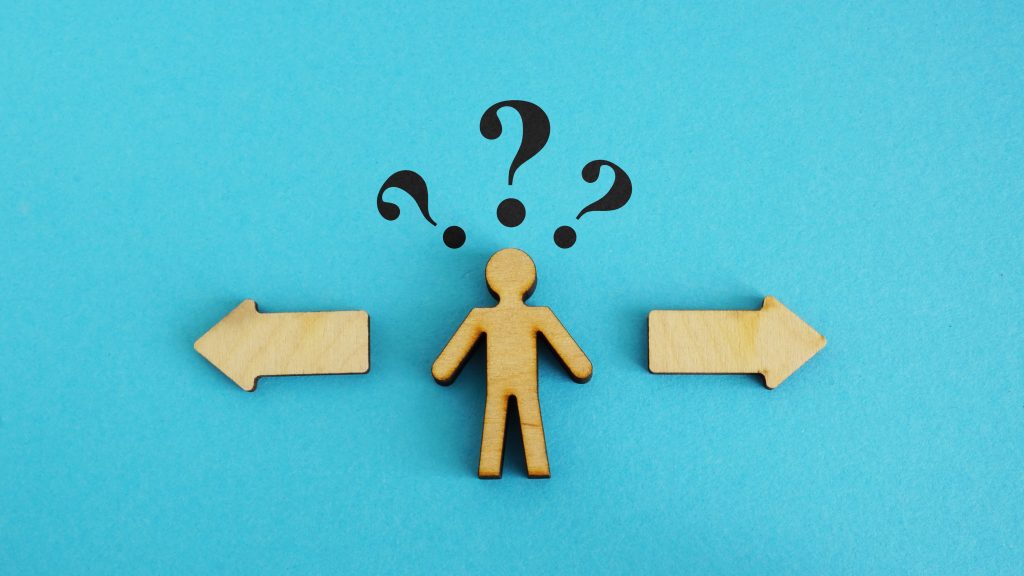
Grades 6-8

Don't have an account yet? Sign up for free
Don't have an account yet? Sign up for free

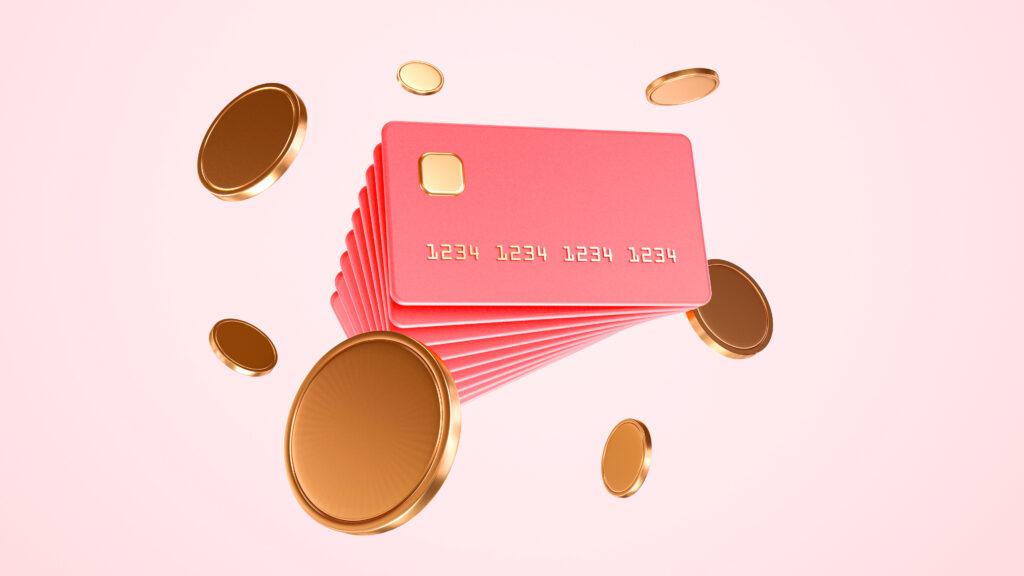
Using a Better Money Habits video, this lesson introduces students to the advantages and disadvantages of using debit cards and credit cards.
Using the Better Money Habits video Credit and Debit: Two Very Different Cards , this lesson is designed to introduce students to the advantages and disadvantages of using debit cards and credit cards. This lesson will help students understand the similarities and the differences between the two cards. It will also help students use the appropriate card when making a purchase in order to avoid unwanted consequences.
The lesson requires students to develop a Venn Diagram showing the similarities and differences of the features of both cards. It also provides the opportunity to identify the costs (disadvantages) and the benefits (advantages) of each card.
To summarize this lesson, remind students that choosing the best payment plan for their purchases is as important as making a good choice about the goods and services they purchase. It is also a good opportunity to remind students that all choices have both costs and benefits, so understanding the differences will help them become better decision-makers.
Have students write a “tip sheet” highlighting the costs and benefits of using debit cards and credit cards to share with their parents.
Have students complete Handout 5.1: Venn Diagram – Costs and Benefits of Debit and Credit Cards Part A. Review the answers, then have students complete Part B.

Grades 6-8
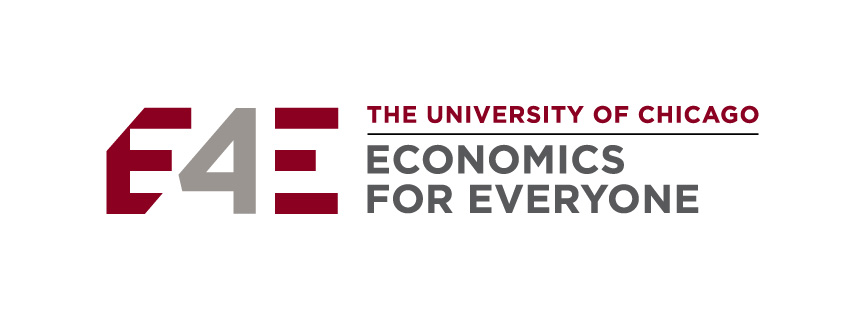
Grades 9-12
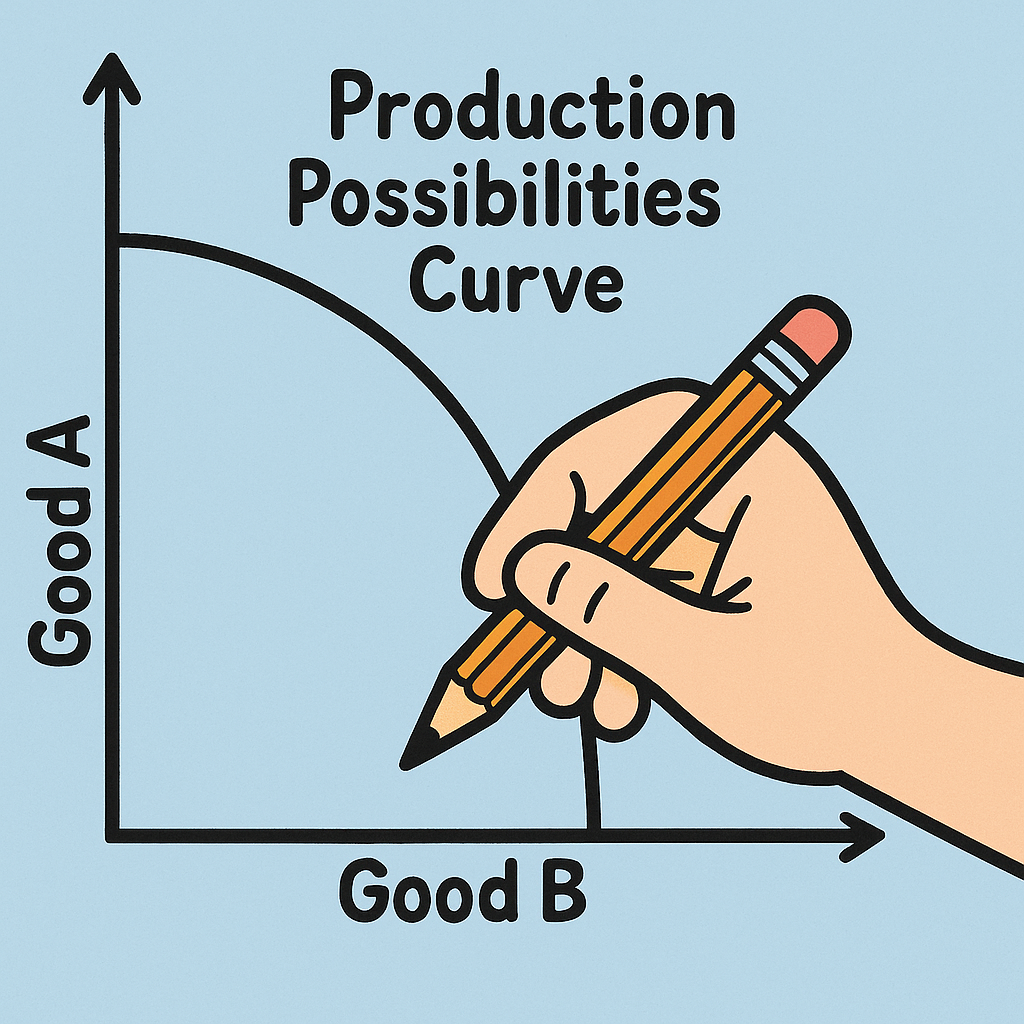
Grades 9-12
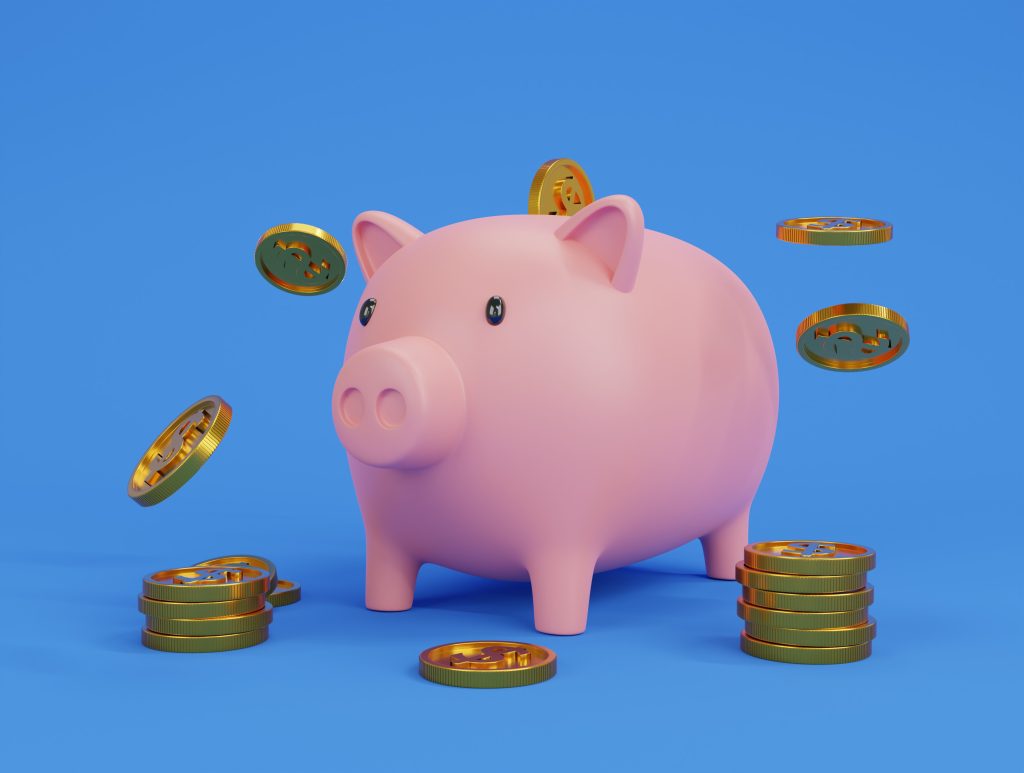
Grades 6-8
